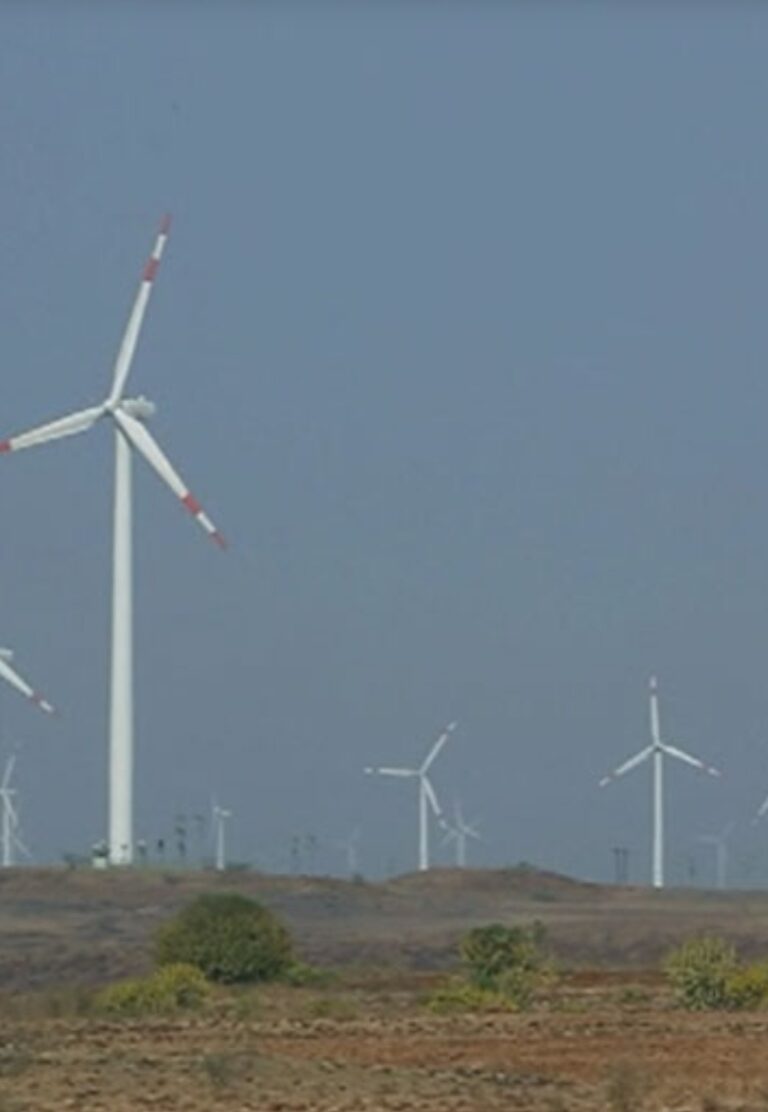For resource rich countries like Kazakhstan, Ecuador, Bolivia and Nigeria, subsidized energy, especially from fossil fuels, is one of the few tangible ways by which citizens can feel that they have a claim to a national resource.
By Anit Mukherjee and Alan Gelb / IPS
Consider the situation. Faced with growing fiscal stress, the government of an energy exporting country decides to cut generous subsidies, doubling the fuel price overnight.
Protesters are out on the streets, clashing violently with security forces called in to maintain law and order. They vent their frustration not only with rising fuel prices but also with living costs, lack of social services, crumbling infrastructure, corruption and political repression.
Faced with the prospect of a popular uprising, the government backtracks on reforms and re-institutes subsidies, postponing the hard decisions for a later date.
This is Kazakhstan in 2022. It is also Ecuador in 2019, Nigeria in 2012, Bolivia in 2010, Indonesia in 2005 and several other energy exporters which have tried to end, or at least reduce, fuel subsidies over the last two decades.
The list will grow significantly if we include importers who are more exposed to the vagaries of international energy prices. What is interesting is that the story plays out in almost exactly the same way, and the consequences of both action – and inaction – are very similar as well.
For resource rich countries like Kazakhstan, Ecuador, Bolivia and Nigeria, subsidized energy, especially from fossil fuels, is one of the few tangible ways by which citizens can feel that they have a claim to a national resource.
While the level of subsidies varies, at some $228 dollars per head or 2.6% of GDP in 2020, those of Kazakhstan are high but not the highest among exporters. In a situation where the government is generally perceived to be repressive, incompetent and corrupt, food and fuel subsidies keep a lid on deeper grievances. It is economically damaging but politically expedient, a delicate equilibrium that many countries have sought to manage over the last several decades – with little success.
Arbitrage between subsidized and market prices
Our research has shown that there is a better way to do energy subsidy reform. Providing direct cash transfers to compensate for the rise in energy prices can be a “win-win” solution. To put it simply, energy compensatory transfers (ECT) enable households, especially the poor and the vulnerable, to absorb the shock and reallocate resources as per their needs.
By removing the arbitrage between subsidized and market prices, ECTs can also reduce corruption, improve distribution and incentivize efficient use of energy. Countries like Iran, India, Jordan and the Dominican Republic have been relatively successful in this type of reform, and their experience holds lessons for other countries that choose to embark on this path.
Digital technology can help significantly to identify beneficiaries, provide them necessary guidance and information, and transfer payments directly to individuals and households. Three key enablers of ECTs are an identification system with universal coverage of the population, strong communications and wide access to financial accounts.
Multiple databases can be cross-checked to verify eligibility norms and grievance redressal systems can help reduce exclusion of genuine beneficiaries. As shown, for example, by India’s LPG subsidy reform, countries can progressively tighten the eligibility criteria over time to target the poorest sections of the population.
Finally, ECTs can provide the impetus for a more transparent and accountable system of subsidy management, helping improve public confidence and support to the government’s reform agenda over the long run.
Direct compensation are more transparent
So, why don’t more countries follow this approach? For one, most energy subsidy reforms are pushed forward in times of economic crisis. ECTs require political commitment, openness to engage in public dialogue, building consensus among stakeholders and powerful vested interests, setting up implementation systems and working across different government ministries, departments and agencies.
Direct compensation is also more transparent than the frequently opaque systems of price subsidization that favor the rich, with their higher energy consumption, even if justified by the need to protect the poor.
ECTs are not simple solutions and often require time to be put in place. On the surface, it may seem simpler to just raise energy prices overnight through an administrative order. But the payoffs are significant in terms of sustainability, economic outcomes, social cohesion and political stability.
The sooner countries can take a longer term approach, the better will they be able to manage the transition to a more sustainable system that supports those who need it most.
Kazakhstan is the first country in 2022 to see popular unrest due to fuel price hike. It almost certainly would not be the last.
Anit Mukherjee is a policy fellow at the Center for Global Development. Alan Gelb is a senior fellow at the Center for Global Development.
This piece has been sourced from Inter Press Service
Image: World Bank/Shynar Jetpissova











